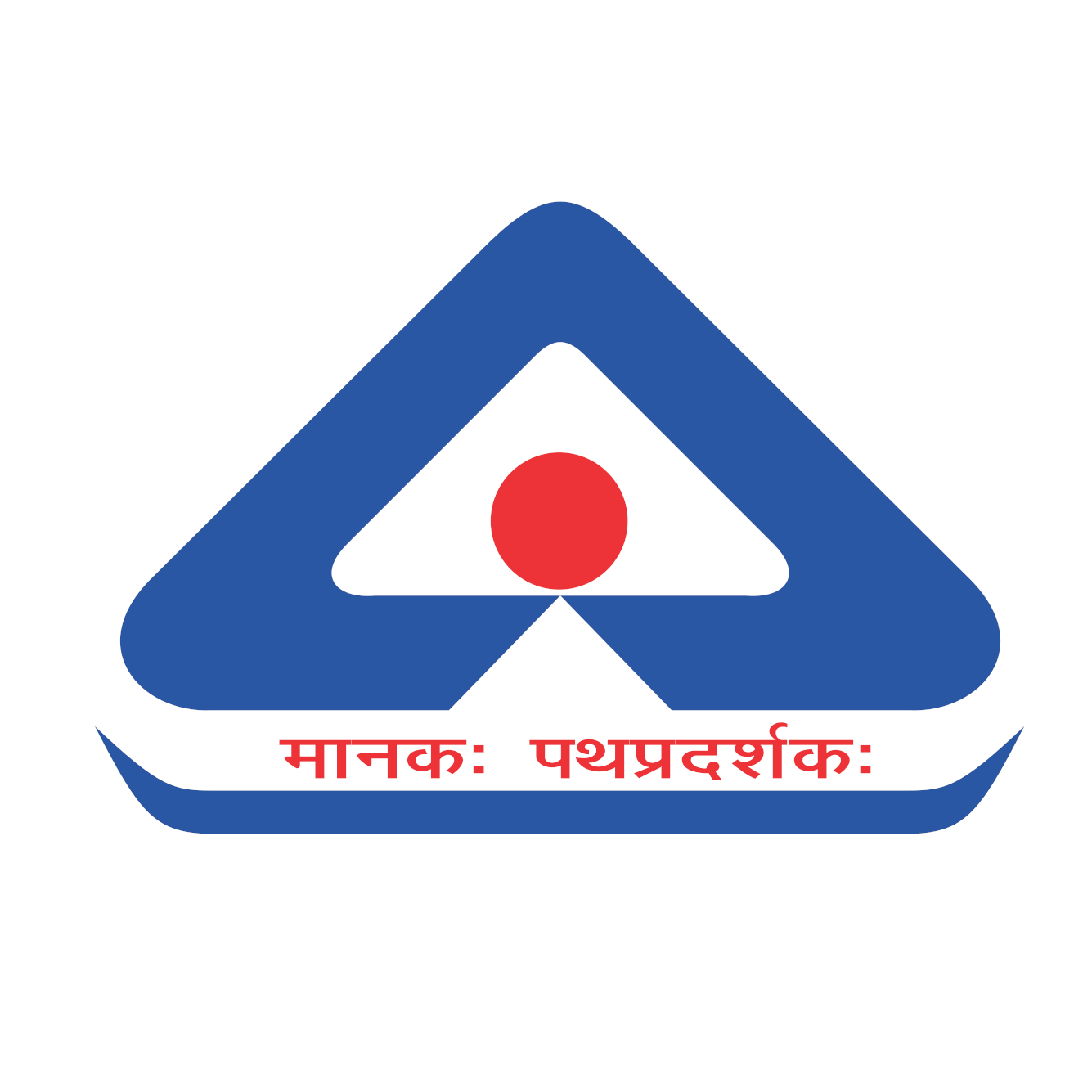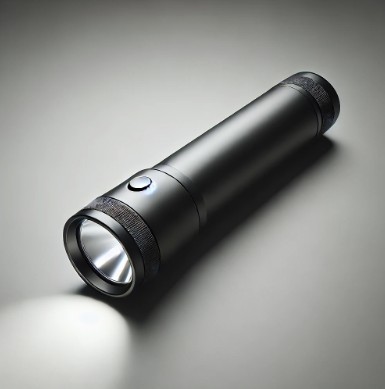India plans to introduce international emission and safety standards for vehicles
3. December 2020In India, numerous new, internationally recognized standards for vehicle emissions and safety are to be introduced in the future. The government agreed on a gradual introduction of the new regulations as part of a long-term conversion process coordinated with the industry. A clearly defined development plan is to strengthen and support the domestic automotive industry and increase its contribution to GDP. In the long term, the Indian automotive industry should be on par with other industrialized countries in terms of compliance with international automotive standards.
In order to keep pace with global developments, Indian car manufacturers have already introduced and implemented numerous changes in the areas of passenger safety, exhaust values and connected vehicle technology in recent years. One of the most notable advances has been the leapfrog from Indian emission standards BS 4 to BS 6, which are now at the same level as the European Euro emission standards. With the new emission standards, engines and vehicles are on a par with those from Europe, Japan and the USA. The government’s proposal for a further and urgently needed change to the approval for new vehicle models (Motor Vehicle Act, MVA) was welcomed by the industry.
The responsible Ministry of Road Safety and Highways has already submitted a number of drafts for stricter exhaust values and safety systems for Indian motor vehicles. These include the introduction of ABS, airbags, speed limiters, reverse-assist systems and improved vehicle safety in the event of accidents. The drafts for electronic stability control systems (ESC) and brake assistants for certain vehicles are to be incorporated into mandatory standards over the next two years. A draft for ESC in buses was already submitted last year and is to be legally binding from April 2023.
Further plans by the ministry to align vehicle safety with international standards include the use of tire pressure monitoring systems for certain vehicles from October 2020. Regulations on vehicle dimensions and the safety of construction vehicles have already been published. Standards for side stands, footrests and the external footprint of two-wheelers have also been published and will enter into force shortly. The vast majority of standards for the Indian automotive industry can be found in the AIS. AIS stands for Automotive Industry Standards, the technical automotive standards for India, while TAC stands for Type Approval Certificate. Depending on the product category, there are different certification steps. We will be happy to advise you on certification in India and are always available to answer your questions.
Please do not hesitate to contact us for further details and consultation. You can contact us via e-mail, or call us (UK: +44 2071931135, Rest of Europe: +49 69 2713769261, US: +1 773 654-2673).
If you have any questions you can also use our chat-window in the bottom right. (Please check your browser settings if you can’t see the window)
You can also check out our free AIS-Brochure, which can be downloaded right here as a PDF file.
For other certifications like BIS, you can check out our article on BIS certification.









